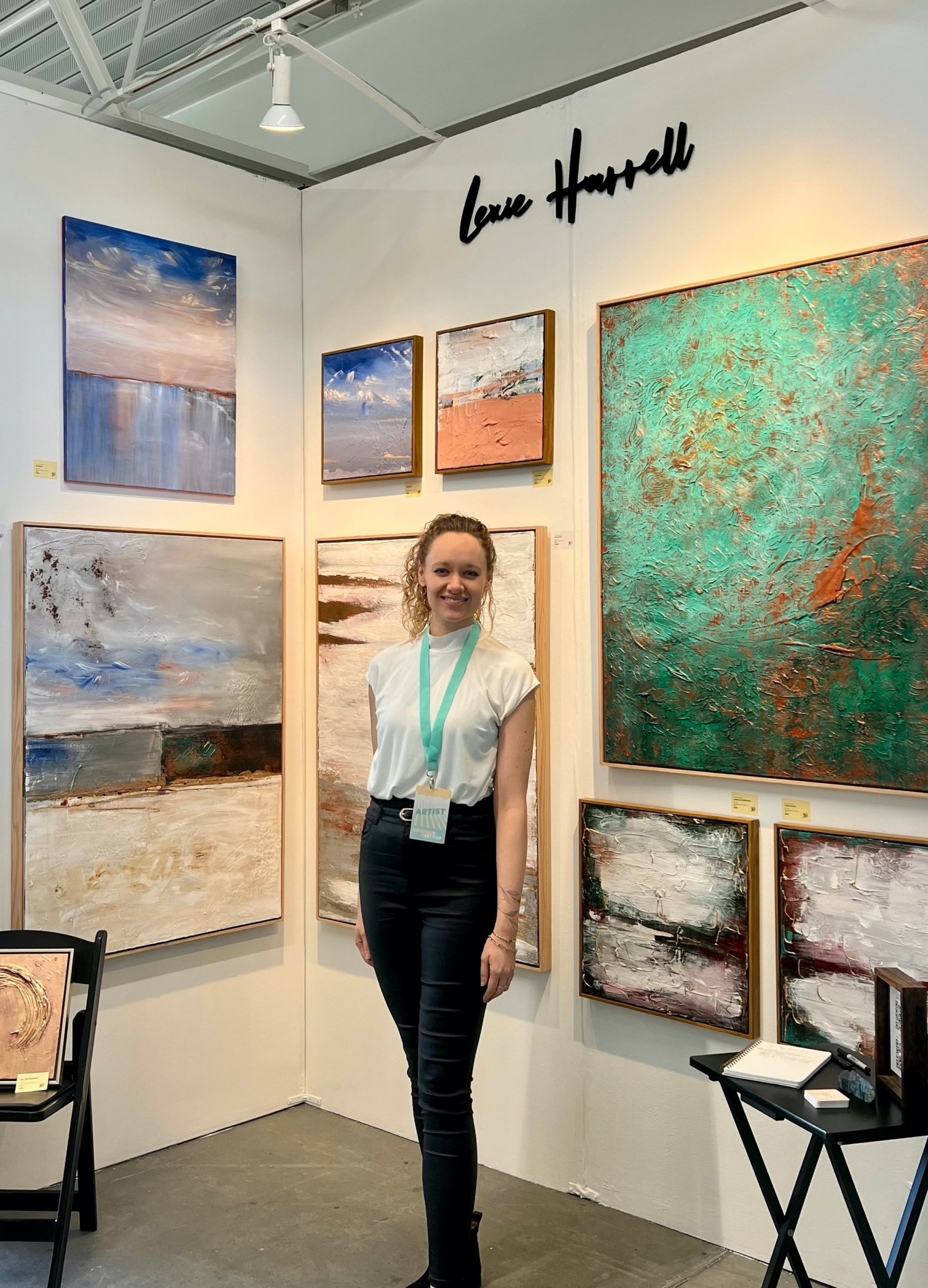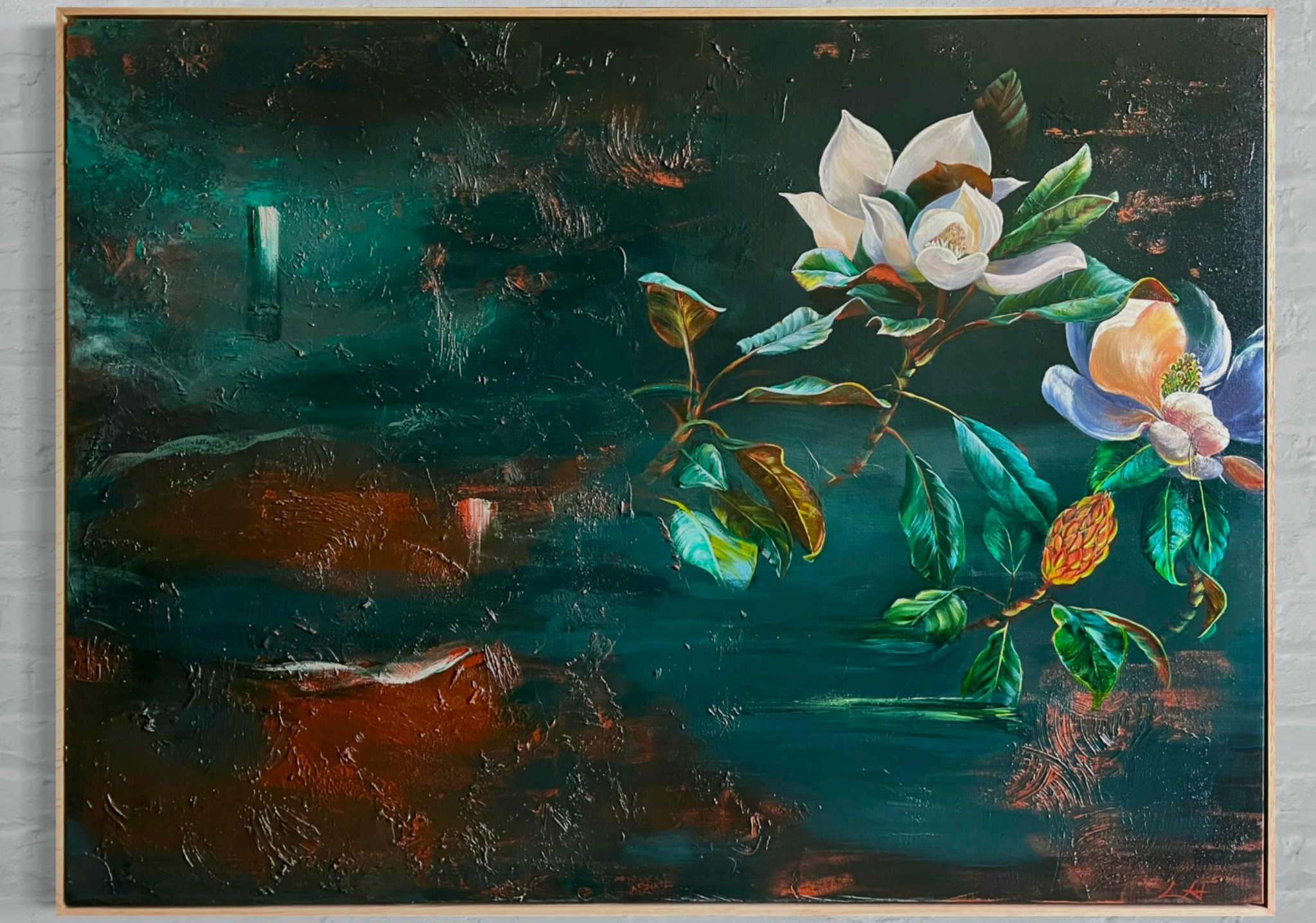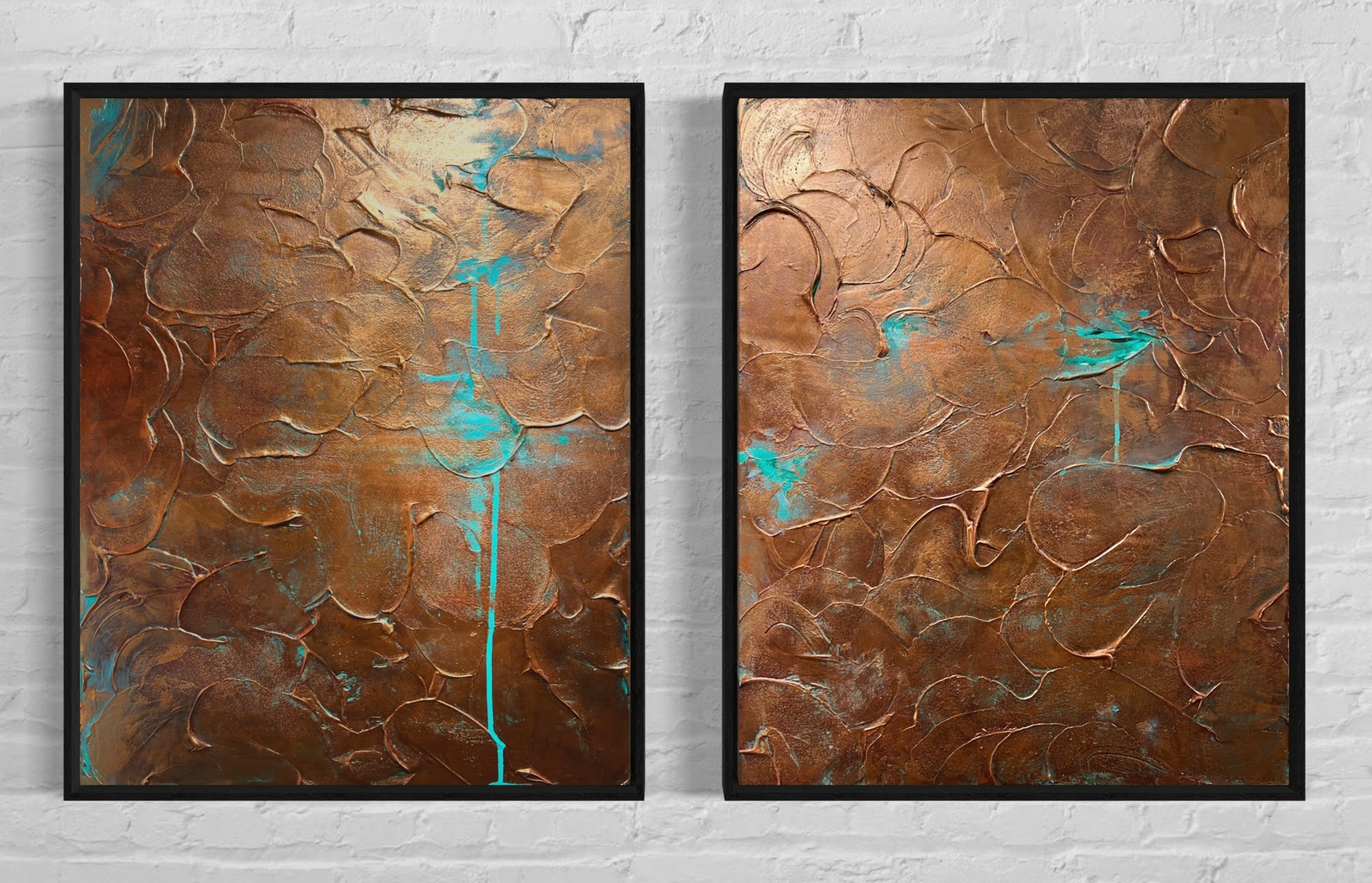We were lucky to catch up with Lexie Harrell recently and have shared our conversation below.
Lexie, appreciate you joining us today. Can you talk to us about how you learned to do what you do?
I began with the traditional route of going to art school. I loved the figure drawing and painting classes the most, as well as any other classes where we were given the freedom to simply sit for hours and draw or paint, with a professor occasionally coming around to tell us what was working and what wasn’t. I loved copying old master’s work to learn their techniques. I loved filling in my sketchbooks. But the theory always slowed me down. I knew that studying art history was important, but I always much preferred making art to writing about it. I gradually developed a deep interest and respect for art history, but that initial disinterest hindered my education a bit.
Outside of school, when it came to making my own work, I jumped into experimenting with materials and using online resources to fill in any gaps in my skillset. Learning through experience has been invaluable for me. I’m still continuously learning new skills and techniques. I think that if I had carved out the time when I was in college to work on my own personal projects at the same time as working on academic projects, perhaps I would have developed the skillsets I have now more quickly.
I also learned so much through work experience. I learned more about art history through working for galleries than I did in school. I learned about sales through working for a furniture store, and I learned how to run a business through working for a commercial real estate office. These experiences were so important to me, and I use the knowledge and skillsets from those experiences every day.

Great, appreciate you sharing that with us. Before we ask you to share more of your insights, can you take a moment to introduce yourself and how you got to where you are today to our readers.
In my twenties I worked various jobs, but I always still painted on the side. When Covid happened, it seemed like the time to reevaluate and reflect on what was important to me, and I decided to give a full-time art career a real chance. I’m so glad that I did. Over the past few years, I’ve been exhibiting at art fairs all over the country and creating commissioned work for businesses and residences. I’m constantly creating new work in my studio in Los Angeles, continuously learning how to promote myself and build my audience and enjoying the ongoing learning process.
I mainly create abstract multimedia pieces that are meant to connect with viewers on an emotional level. I use heavy, sculptural texture and metallic pigments that interact and evolve with natural light to create a sense of movement and depth. I want my work to give viewers a meditative visual experience. The arts have always been what clear my mind and give me a moment of centeredness, so I hope my work can do the same for others.
I love making large-scale paintings for my clients. I’m always happy to make commissioned artwork, especially for local businesses. I love seeing how a work of art can enrich a space, and I love working with people to fulfill a unique vision.

Is there a particular goal or mission driving your creative journey?
My creative journey is focused on creating art that interests and challenges me and that can enrich people’s lives, make them happier, and connect with them on an emotional level. Art—whether it’s a painting or novel or movie—can make you feel less alone at times. It can convey feelings and allow others to feel it too. It can lift someone’s mood and improve their well-being. I’d like my work to make a positive impact on people’s lives, and I’d like to foster and uplift the creative community around me.

How can we best help foster a strong, supportive environment for artists and creatives?
It’s a difficult question to answer because there’s so much. At a cultural level, support can look like viewing the arts in our society as having vital and intrinsic value, valuing creatives and people who think differently than what is expected, and showing up to voice that support. Attend art-related events in your community, buy from local artists, and spread the word about creatives you admire. Support at a political and economic level is also crucial. Pursuing art while supporting yourself is so difficult. I know so many artists who have multiple jobs in order to survive. Housing, healthcare, and education are constantly getting more expensive. It’s difficult to have the time to create when you can’t afford rent. In order to achieve a thriving creative ecosystem, we would need increased funding for the arts, funding to help with housing costs, healthcare, education, and funding for arts curriculums in public schools. The arts have so much power to bring people together, empower and enrich our society and culture, and give people a voice. Supporting creatives means supporting them on every level.
Contact Info:
- Website: https://lexieharrell.com/
- Instagram: https://www.instagram.com/lexieharrell_art/





